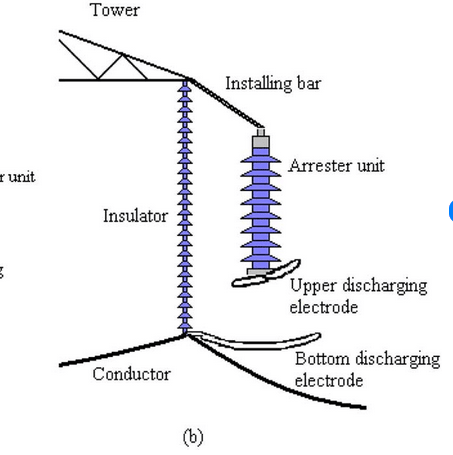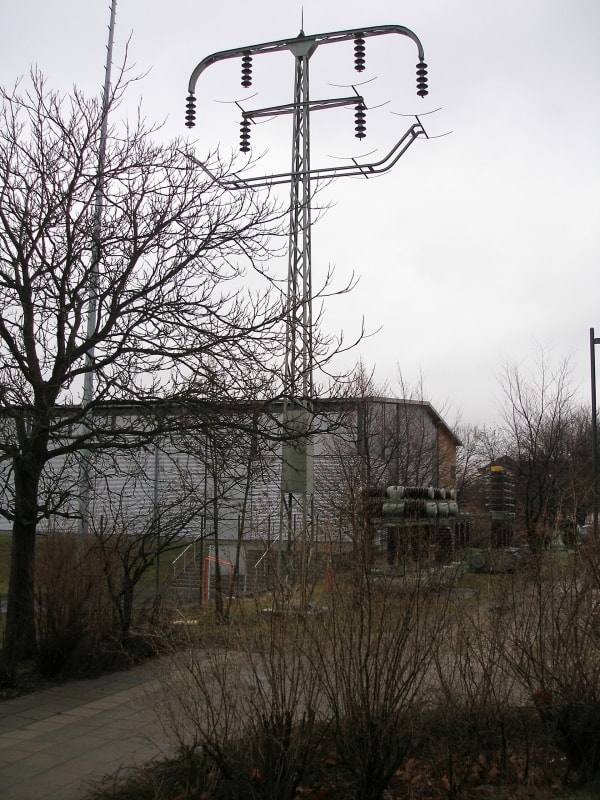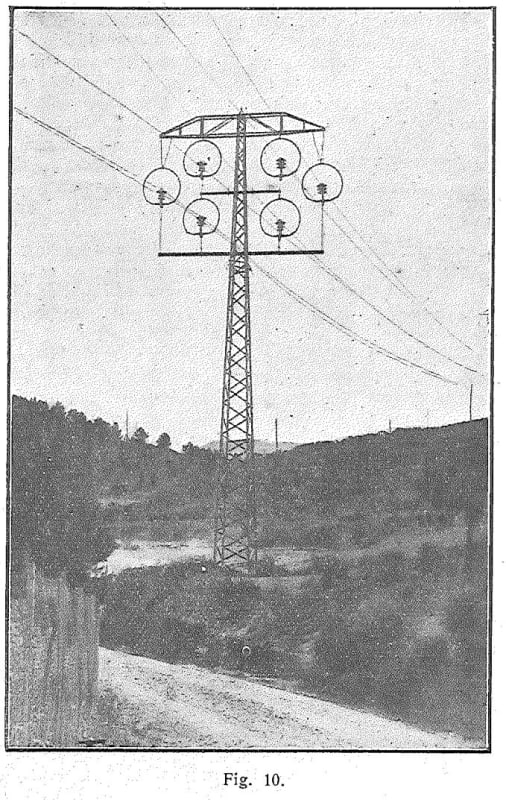Burt M
Electrical
- Jan 24, 2024
- 4

Does anyone know what the curved devices are underneith the conductor insulators?
Follow along with the video below to see how to install our site as a web app on your home screen.
Note: This feature may not be available in some browsers.




